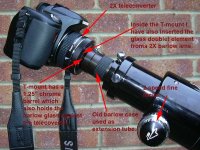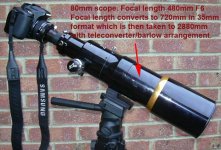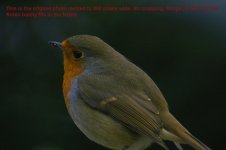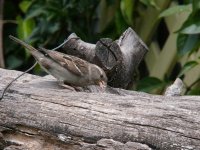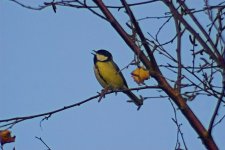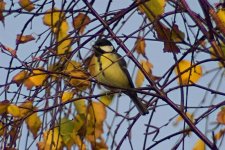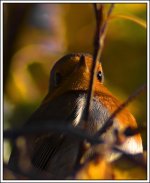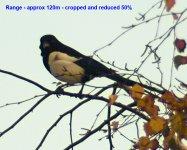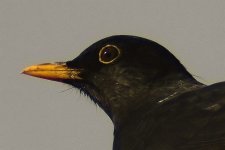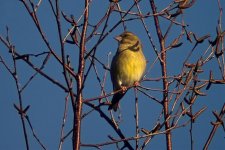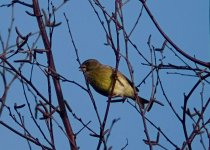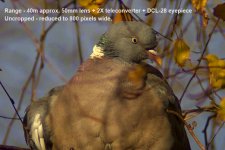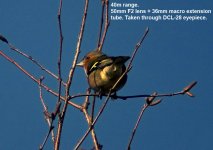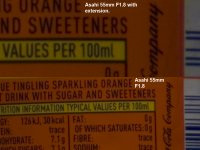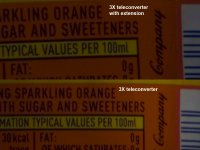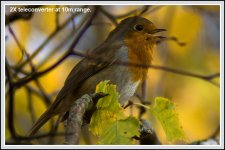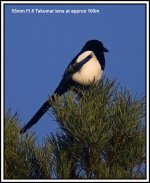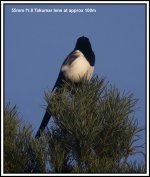Paul Corfield
Well-known member
Had my Samsung GX-1L for a couple of months now and this is where I'm at after trying many avenues. The scope I have is a William Optics ZenithStar 80mm. Take a look at the photos with accompanying text. Took the photo of the Robin from 35 feet. The camera/scope set-up converts to around 2880mm in 35mm format and I could barely fit the Robin in at that range. Only just made these modifications today so not had time to try any long range birds apart from static objects but it seems good so far. I reckon it will be good for 100/150m at least, maybe more depending on subject.
I tried the teleconverter and the barlow lens on their own but on my set-up they don't seem to produce as sharp an image as when they are combined. That's probably just down to my inexpensive teleconverter and barlow. The teleconverter is a 4 element design so I'm going to try a better quality 7 element design and see what difference it makes. They are cheap enough on ebay. A better ed glass barlow would probably help too.
In the past weeks I also tried using a lens on the camera and shooting through my various eyepieces but it was an awkward set-up so I gave up on that.
Pretty pleased with how it's been performing today and shall post some more as things develop.
Paul.
I tried the teleconverter and the barlow lens on their own but on my set-up they don't seem to produce as sharp an image as when they are combined. That's probably just down to my inexpensive teleconverter and barlow. The teleconverter is a 4 element design so I'm going to try a better quality 7 element design and see what difference it makes. They are cheap enough on ebay. A better ed glass barlow would probably help too.
In the past weeks I also tried using a lens on the camera and shooting through my various eyepieces but it was an awkward set-up so I gave up on that.
Pretty pleased with how it's been performing today and shall post some more as things develop.
Paul.




